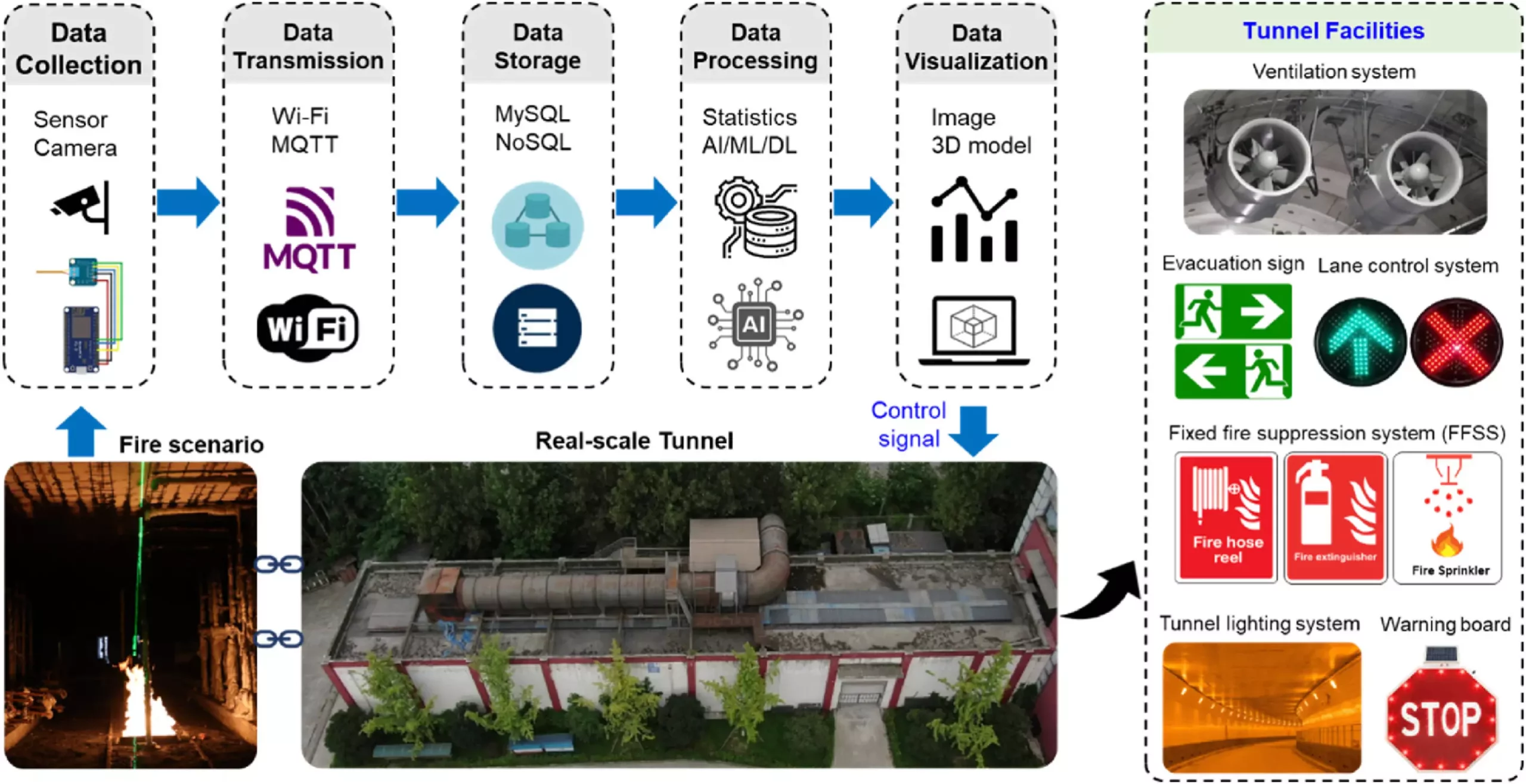In the context of an ever-urbanizing world, the demand for comprehensive safety measures against fire hazards has reached a critical juncture. The rise in high-density developments, particularly in dynamic urban landscapes like Hong Kong, necessitates innovative solutions to tackle the complexities of firefighting and emergency management. The Hong Kong Polytechnic University (PolyU) stands at the forefront of this need, spearheading groundbreaking research and technological advancements aimed at enhancing urban resilience against fire threats.
Under the leadership of notable figures such as Prof. Asif Usmani and Dr. Huang Xinyan, PolyU has launched significant initiatives geared towards revolutionizing fire safety protocols. Their recent undertaking, the “SureFire: Smart Urban Resilience and Firefighting” project, encapsulates a broader commitment to improving fire management in the face of modern challenges. The 2nd International Smart Firefighting Workshop, hosted at PolyU, served as a critical platform for discussing innovative strategies and technological advancements specifically designed to address contemporary fire threats in urban settings.
Recent advancements in building designs and materials have transformed the fire safety landscape, underscoring the necessity for updated strategies. Prof. Usmani emphasizes that this evolution has inevitably changed fire behavior, prompting a re-examination of traditional firefighting methodologies. As fires in high-rises become increasingly prevalent, the urgency for employing advanced data analytics and smart technologies in firefighting has never been clearer.
At the heart of PolyU’s initiatives lies the integration of Artificial Intelligence (AI) within fire safety management. By utilizing the SureFire System, researchers are harnessing complex networks that facilitate real-time monitoring of urban environments. These sophisticated systems can analyze vast amounts of data to continuously assess potential fire risks, ultimately enhancing situational awareness during emergencies. The ability of AI to diagnose emerging threats and support decision-making processes marks a revolutionary step toward building smarter and safer urban environments.
Moreover, the introduction of an intelligent digital twin system has reshaped the perception of fire risk assessment. This AI-driven technology maps the distribution of vehicles that may pose different fire risks, offering a predictive edge in managing potential crisis scenarios. During fire events, this system not only evaluates the current situation but forecasts future developments, thereby equipping emergency responders with vital information to streamline firefighting and evacuation procedures.
The SureFire team’s dedication to research has recently translated into successful testing of their innovative systems in real-world scenarios. By conducting large-scale fire tests in various environments, including tunnels and urban high-rises, the research team aims to validate their safety solutions. Impressively, their technology has proven capable of forecasting fire trends with remarkable accuracy—up to 90%—for crucial timeframes, thus enhancing preparedness and response strategies.
These accomplishments underscore a fundamental shift towards proactive fire management, highlighting the importance of early detection and rapid response strategies. Dr. Huang articulates that such innovations have the potential to be seamlessly integrated into future urban developments, significantly mitigating the risks posed by fires in densely populated areas.
Recognizing the necessity for collaborative approaches in adopting these pioneering technologies, the SureFire team is engaging with property management entities both locally and internationally. Their vision extends beyond mere research; it encompasses the practical application of smart fire safety measures in critical infrastructures such as metro stations, tunnels, and high-rise buildings.
A notable advancement within this framework is the Smart Dynamic Exit sign system, developed by a PolyU start-up. This system aims to improve evacuation procedures during fire incidents, thereby reducing casualties and ensuring public safety. Such collaborative ventures highlight PolyU’s commitment to inspiring a culture of safety supported by innovative technology across various sectors.
One of the most exciting prospects emerging from PolyU’s research is the development of autonomous firefighting robots. As the integration of smart technology continues to evolve, these robots are envisaged to provide critical support to human firefighters, reducing the risks associated with fire incidents. The pursuit of fully automated firefighting operations not only seeks to mitigate casualties but also aims to revolutionize the firefighting landscape entirely.
As Dr. Huang and his team forge ahead with this initiative, the aspirations for a technologically advanced fire safety paradigm become increasingly tangible. Aligning with global trends, Hong Kong’s commitment to becoming a leading smart city aligns with the drive for innovative solutions that protect its citizens.
In summation, the ongoing endeavors at PolyU affirm that smart technology, when effectively harnessed, can fundamentally transform fire safety management in urban environments. Through research, collaboration, and innovation, the future of firefighting is not just reactive; it is proactively intelligent.


Leave a Reply